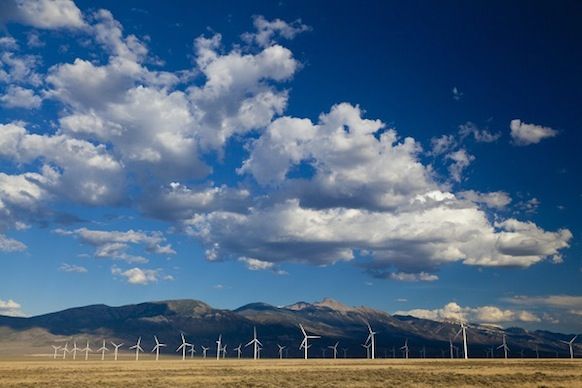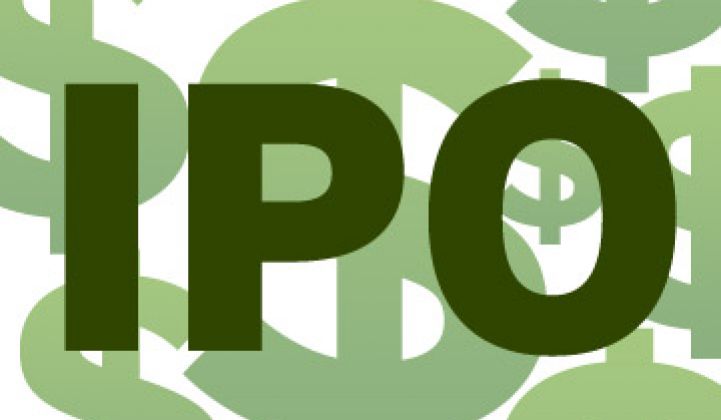Wind energy is historically a boom-or-bust business in the U.S., rising and falling with the existence or expiration of the production tax credit. That’s what makes the fate of Pattern Energy’s intended initial public offering, filed this week, interesting. What will the market think?
Now Pattern isn’t dependent solely on the U.S. market: it owns interests in four wind farms in the United States and one in Canada, has a partial interest in another in the U.S., and has two under construction in Ontario and Chile. Those wind farms add up to 1,041 megawatts of rated capacity. The projects generally have long-term power purchase agreements, giving Pattern a very good expectation of continued, predictable cash flow.
But IPO filings are required by law to include all the dire circumstances that might unfold, and with wind energy, there sure are a lot of them.
On the matter of incentives, which the company says are helpful in Canada, the U.S. and Chile, Pattern says this in its prospectus:
The existence of these incentives is reflected in, and allows us to reduce, the price we charge for electricity generated by our projects. To the extent that these governmental incentive programs are not renewed or similar incentives are not made available, new wind power projects may need to increase the price of electricity sold to power purchasers, which could result in decreased demand for wind power, and could reduce the number of projects available to us for acquisition which could have a material adverse effect on our ability to implement our growth strategy and, ultimately, our business, financial condition and results of operations.
Under current law in the U.S., the production tax credit for wind pays off for a ten-year span for wind farms already operating or under construction before the end of this year.
Loss of incentives, which could hurt Pattern’s ability to grow, isn’t the only potential problem that Pattern warns of in the prospectus. Things like failing to accurately forecast a wind resource could also hurt the company. But, again, it’s important to remember that such filings are required to dig up all those untoward possibilities, or a company could risk exposure to lawsuits in the event things go sour for investors.
Perhaps more interesting was the revelation that Pattern expects to sell 2,422,600 megawatt-hours of electricity this year at an average price of $86/MWh. That’s with 828 megawatts operating, although later in the year, another 42 megawatts will go on-line at the Ocotillo plant in California. So that’s a capacity factor of around 33 percent.

The 152-megawatt Spring Valley Wind Farm, Elko, NV (image via Pattern Energy)
***
Editor's note: This article is reposted in its original form from EarthTechling. Author credit goes to Pete Danko.



